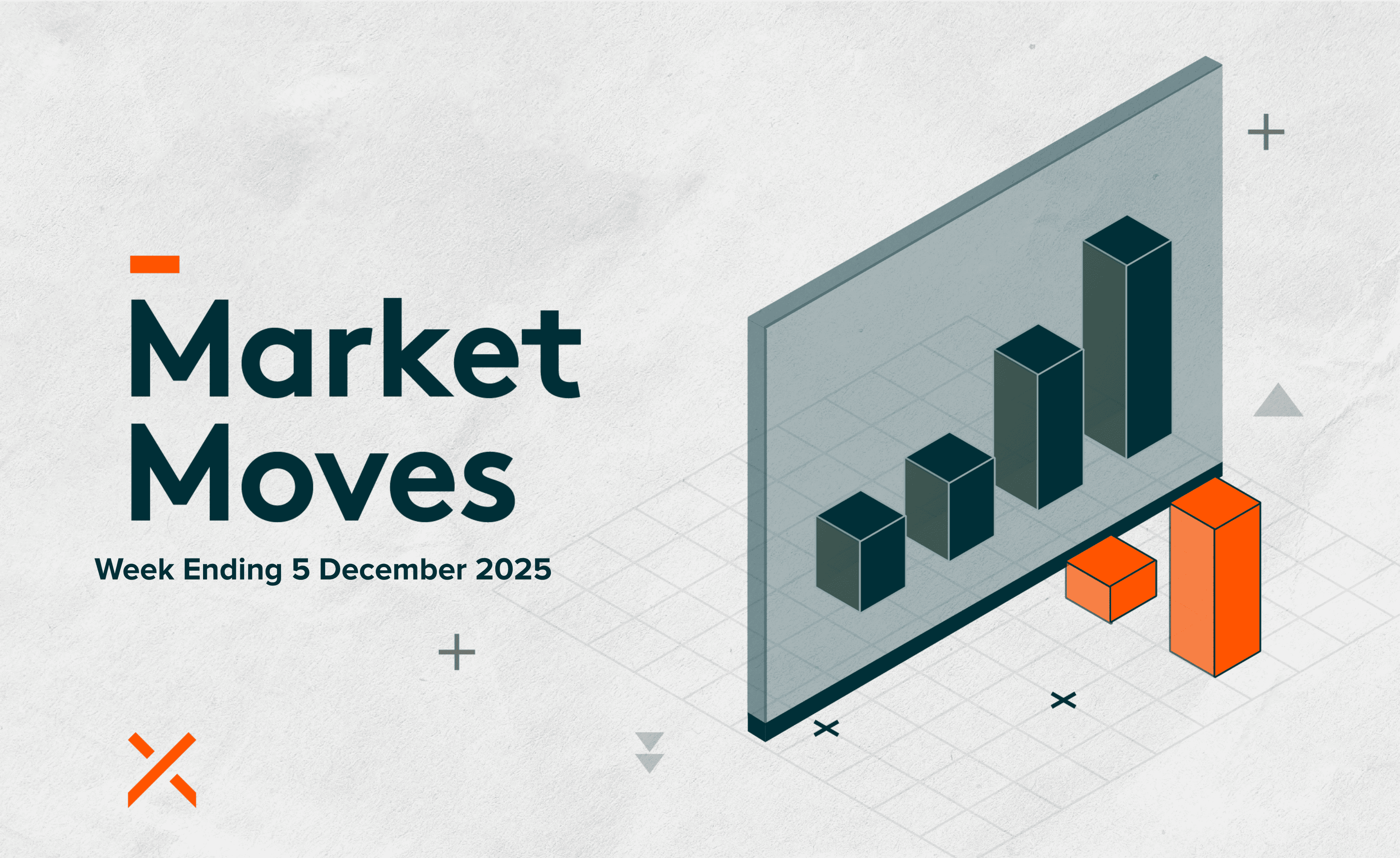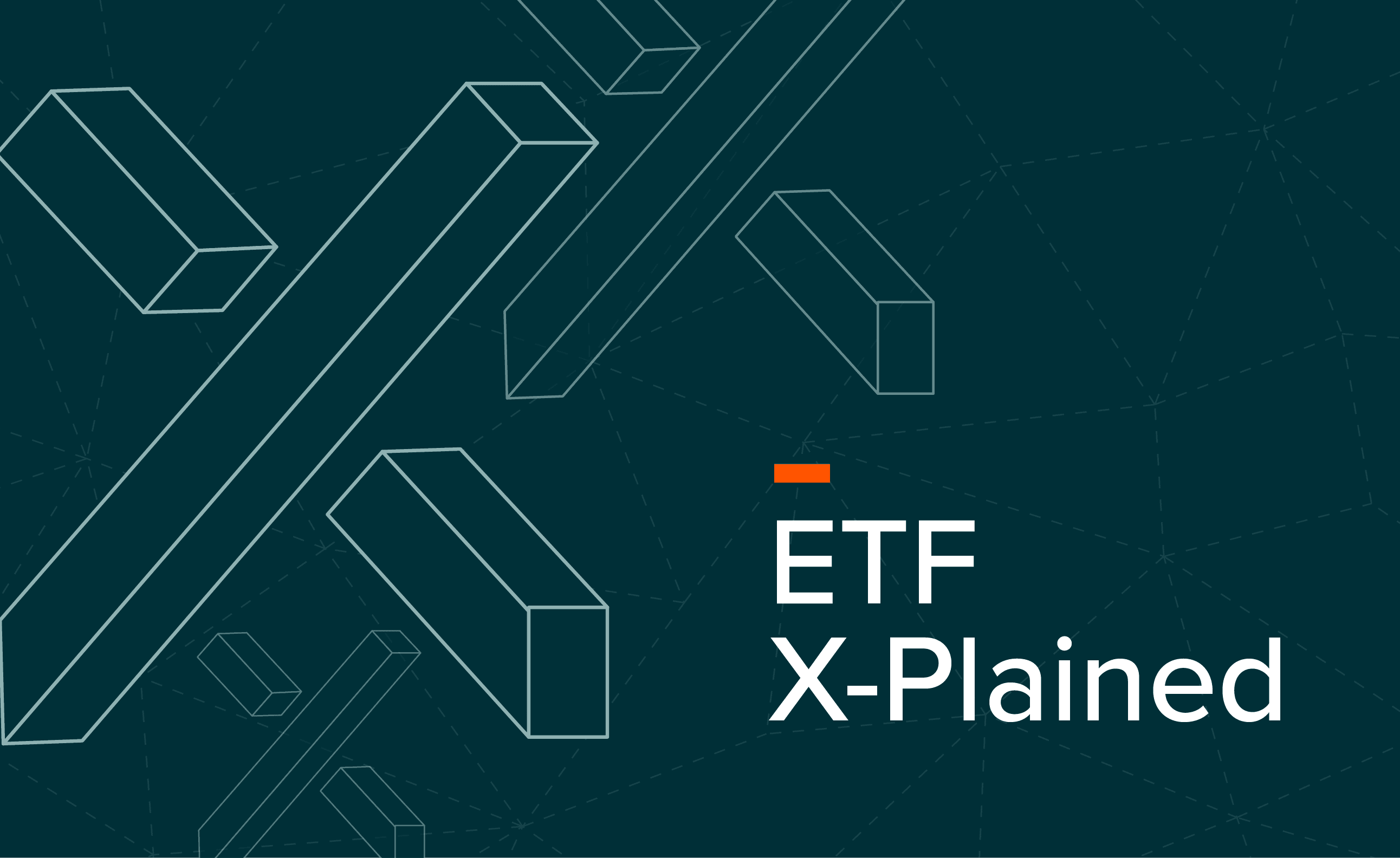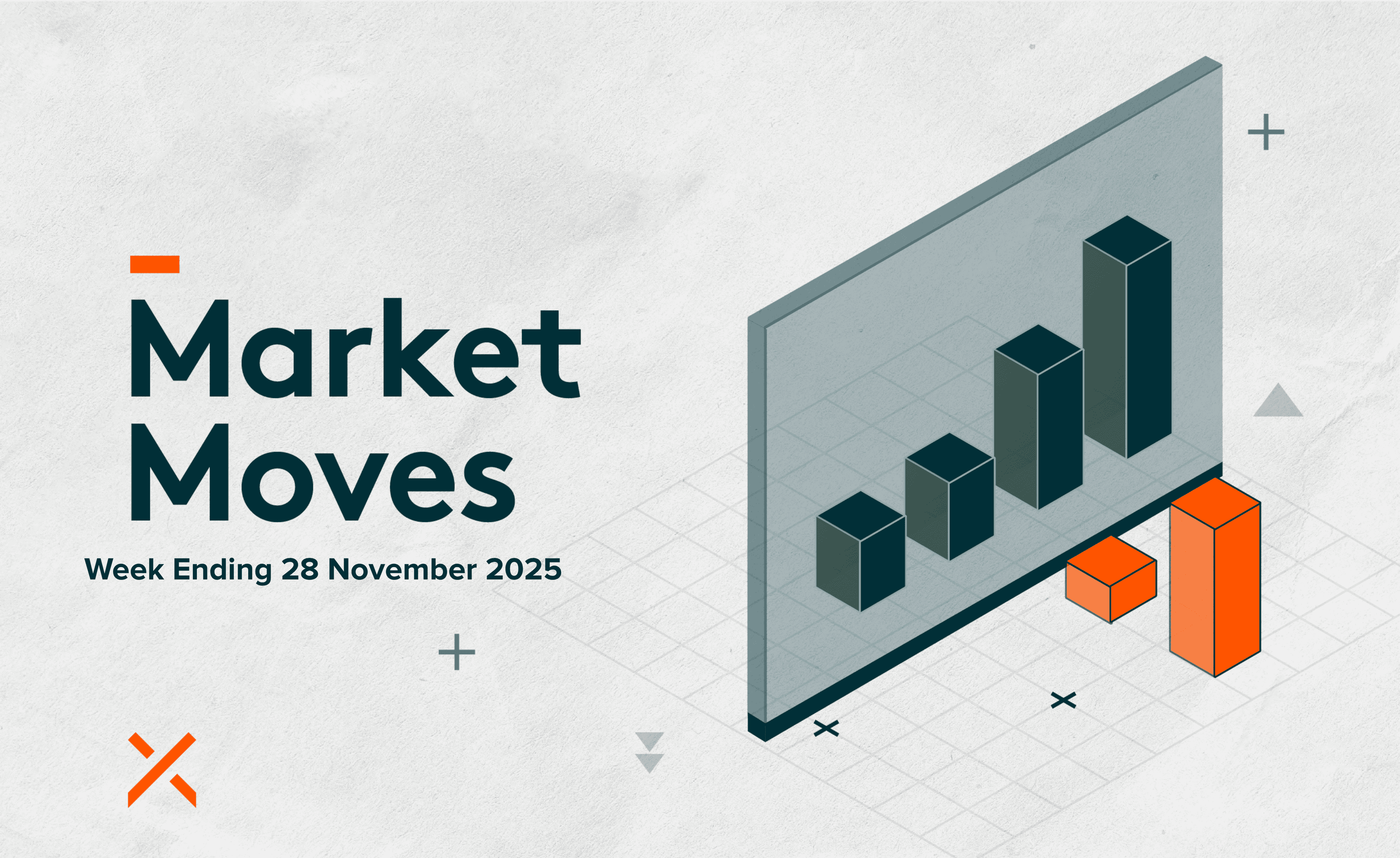
Education Hub
Global X's Education Hub provides valuable resources to help investors understand and navigate investment strategies and market trends.
How to Construct a Portfolio
Building an investment portfolio may seem like a daunting task. There are countless options available from individual shares and bonds to property and exchange traded funds (ETFs). That is why it is important to consider your individual risk profile and investment goals before constructing a portfolio.
Understanding Risk vs Reward
Different asset classes each have unique characteristics that can influence their performance and role in an investment portfolio.
- Shares tend to offer growth potential but come with higher risk and volatility, making them preferred choices for long-term capital appreciation.
- Bonds (aka fixed income) provide more stability and regular income but generally offer lower returns compared to stocks.
- Commodities like gold can act as a hedge against inflation and market uncertainty, though they can be volatile.
- Cash offers safety and liquidity but normally has a lower return profile compared to other assets.
- Alternatives, such as real estate or private equity, offer diversification and potential for higher returns, though they often come with higher complexity and illiquidity.
The key to successful portfolio construction lies in selecting and blending these assets in a way that aligns with your financial goals, risk tolerance, and time horizon, ensuring a balanced approach to growth and risk management.
What is Asset Allocation? And Why Does it Matter?
The importance of asset allocation cannot be overstated, as it plays a crucial role in determining portfolio performance. One of the most significant factors in long-term success is time in the market rather than trying to time the market.
Historical data shows that, after adjusting for inflation, US shares and bonds—two key components of global benchmarks—have delivered average annual returns of 6.4% and 1.7%, respectively, since 19001. This highlights that the best predictor of long-term investment success is simply the length of time an investor stays invested, underscoring the value of a disciplined, long-term approach to asset allocation.
Core and Satellite Portfolio Model
The core and satellite model involves combining a stable, diversified “core” portfolio with a more specialised, and potentially higher-return, “satellite” portfolio.
- The core usually consists of conservative, long-term holdings like index funds or ETFs, providing a foundation for the strategy.
- The satellite includes more targeted investments like individual stocks, thematic ETFs, or alternative assets, which offer higher growth potential.
By incorporating both components, this approach allows your portfolio to strike a balance between stability and growth.
Core Portfolio Holdings
Core holdings are the fundamental investments of a portfolio, usually suited for long-term strategies due to their broader diversification.
Examples include:
- Index funds and ETFs: Track the performance of market indices, providing broad exposure across sectors.
- Bonds: Government or corporate, offering regular income and lower risk.
Satellite Portfolio Holdings
Satellite holdings are designed to complement core investments by providing opportunities for higher growth or more targeted exposure. They are often more volatile but can significantly boost returns when used carefully within a diversified portfolio.
Examples include:
- Individual stocks in high-growth sectors, which can provide the potential for significant gains but with greater risk.
- Sector-specific ETFs targeting industries like tech, infrastructure, or healthcare, which allows investors to target specific areas of the market they believe will outperform.
- Thematic funds that invest in trends like AI, renewables, or cybersecurity, which aims to capture the growth of emerging industries.
- Alternative investments such as venture capital or private equity, which can offer high returns but are often illiquid and come with substantial risk.
- Commodities: Such as precious metals, which can reduce volatility due to low correlation with equities.
Website Disclaimer
Global X Management (AUS) Limited (“Global X”) (Australian Financial Services Licence Number 466778, ACN 150 433 828) is the product issuer. Offers of interests in any retail product will only be made in, or accompanied by, a Product Disclosure Statement (PDS). In respect of each retail product, Global X has prepared a target market determination (TMD). Each PDS and TMD is available at www.globalxetfs.com.au.
The information on this website is general in nature only and does not take into account your personal objectives, financial situations or needs. Before acting on any information, you should consider the appropriateness of the information having regard to your objectives, financial situation or needs and consider seeking independent financial, legal, tax and other relevant advice having regard to your particular circumstances. Any investment decision should only be made after obtaining and considering the relevant PDS and TMD. Investments in any product issued by Global X are subject to investment risk, including possible delays in repayment and loss of income and principal invested. The value or return of an investment will fluctuate and an investor may lose some or all of their investment. Past performance is not a reliable indicator of future performance.
1 Bloomberg as of February 2025




